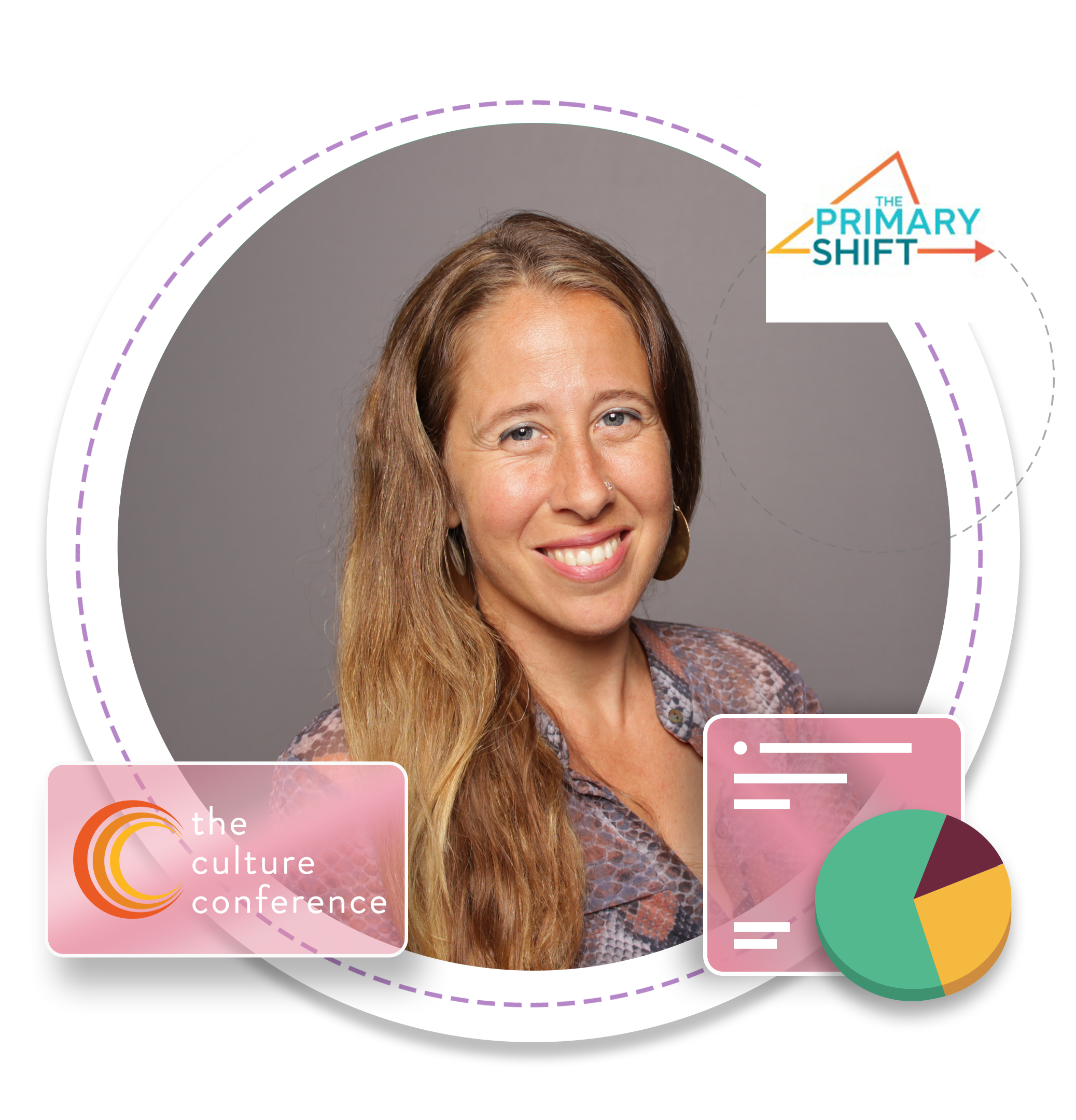The End of Sit-and-Listen Conferences: How to Design Events People Actually Love
TL;DR:
Conferences are broken. Too often, they’re passive, predictable, and exhausting. Jenny Sauer-Klein, experience designer and founder of The Culture Conference, shared with our TechnoCon community why it’s time to ditch flatline events and design gatherings that are interactive, energizing, and unforgettable. Her framework? Build events with a dramatic arc, intentional micro-moments, and updated content formats that prioritize connection and engagement.
Why Conferences Are Broken
We’ve all been there: you spend thousands on travel, step into a cavernous ballroom, and sit through hours of back-to-back keynotes. The result? Overwhelm, low retention, and disengagement.
Jenny put it bluntly:
“People make huge investments to attend conferences—only to end up scrolling panda videos in the back row.”
The traditional conference model is broken because it over-indexes on information delivery and under-delivers on connection and application. Attendees leave with notebooks full of ideas but little integration or community.
The Three Event Models
Jenny outlined three dominant models she’s observed:
1. The Flatline Model
-
What it looks like: Speaker, panel, lunch, keynote, happy hour.
-
Why it fails: There’s no rhythm, no emotional arc, and no intentional connection. Attendees get bored and check out.
2. The Chaos Model
-
What it looks like: Too many choices, poor flow, no central theme.
-
Why it fails: Well-intentioned but overwhelming. Attendees feel scattered and frustrated.
3. The Arc Model (Jenny’s Framework)
-
What it looks like: Borrowed from theater, this model uses a dramatic arc with a clear beginning, middle, and end.
-
Why it works: It builds toward a pinnacle experience—an interactive, transformational moment where the event’s promise comes alive. Attendees not only learn, they feel the impact.
Jenny’s advice:
“Don’t make your pinnacle a keynote. Make it an experience.”
Three Keys to Innovative Conference Design
To break away from flatline events, Jenny shared a framework built around three levels: macro, micro, and medium.
1. Macro: The Storyline
Think of your event as a narrative. Each session should build on the last, guiding participants through a journey.
Example: At The Culture Conference, Jenny sequenced sessions from self-reflection → team collaboration → community belonging → organizational evolution. The arc gave participants both personal growth and organizational insights.
2. Micro: The Interstitials
Micro-moments are the connective tissue of an event. They include:
-
Connection prompts (pair shares, table talks, icebreakers)
-
Debriefs (after each talk, ask attendees to reflect with a partner)
-
Energy management (stretch breaks, music, dance, even laughter)
These “in-between” elements keep energy high and help learning stick.
“Connection catalyzes content. A little connection creates the safety for content to land.”
3. Medium: The Content Formats
Jenny isn’t suggesting we throw out panels and keynotes—but she argues they need an upgrade. Simple tweaks can transform tired formats:
-
Panels with live audience polling
-
Fireside chats with audience moderators
-
Keynotes that include mini-interactions every 5 minutes
As Marshall McLuhan said, the medium is the message. If we want engaging, interactive conferences, our formats must reflect that.
Practical Shifts: From Boring to Bold
During the workshop, attendees shared their own “from → to” shifts for conferences:
-
From networking to community building
-
From informational to transformational
-
From planned to emergent
-
From sage on the stage to wisdom in the room
These shifts highlight a collective hunger for conferences that aren’t just knowledge dumps, but experiences that connect, energize, and transform.
Case in Point: Standing Ovations at the Start
Jenny shared one of her favorite experiments: giving each presenter a standing ovation before their talk.
It flipped expectations, raised energy, and made speakers feel celebrated. Attendees stood, clapped, and shouted every 15–20 minutes, keeping energy high without adding new content.
“A 30-second culture shift can change the entire room.”
Why This Matters for Learning Leaders
For L&D and enablement professionals, this conversation isn’t just about conferences. It’s about rethinking every learning experience—onboarding programs, internal trainings, leadership summits.
Flatline learning doesn’t work. People don’t want passive content—they want connection, application, and meaning.
This is where PlusPlus comes in. As the AI-powered learning platform built for fast-moving technical orgs, PlusPlus helps teams operationalize Collective Intelligence. That means:
-
Turning one-off workshops into searchable knowledge
-
Designing repeatable learning journeys with built-in community moments
-
Scaling SME-led learning so knowledge doesn’t stay siloed
Just as Jenny is reimagining conferences, PlusPlus is reimagining how learning happens inside organizations.
Looking Ahead: The Conference for Conferences
Jenny closed with an invitation: a day-long Conference for Conferences in Oakland, bringing together organizers from TED, Great Place to Work, Burning Man, and more. The goal: co-create the future of gatherings.
For anyone designing events, trainings, or onboarding programs, the lesson is clear: ditch the defaults.
Conclusion: Don’t Go Back to Sit-and-Listen
Conferences don’t have to be boring. With a clear arc, intentional micro-moments, and reimagined formats, we can design events that spark learning and lasting connection.
As Jenny reminded us:
“Learning should be fun. Conferences don’t have to be boring.”

